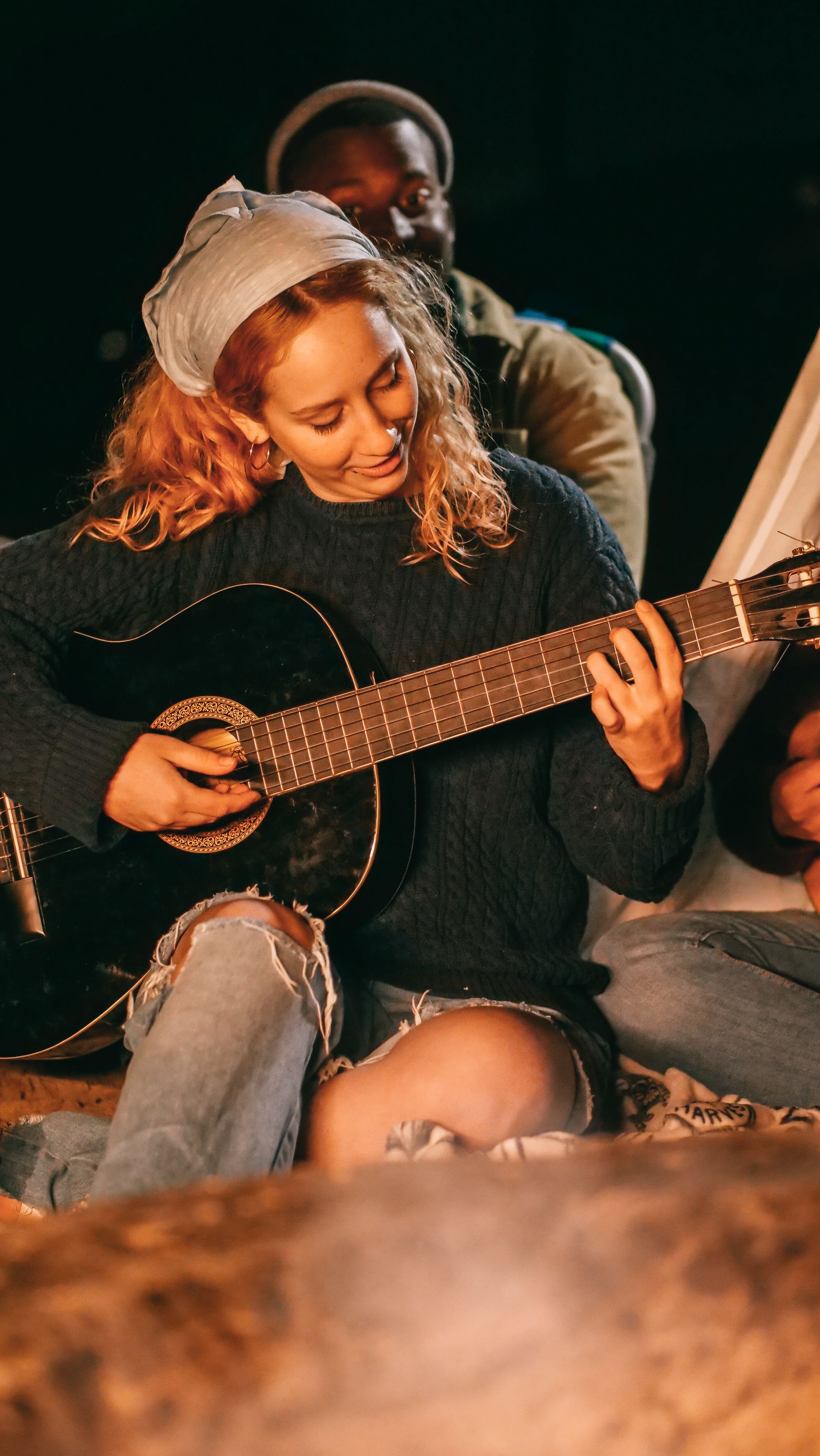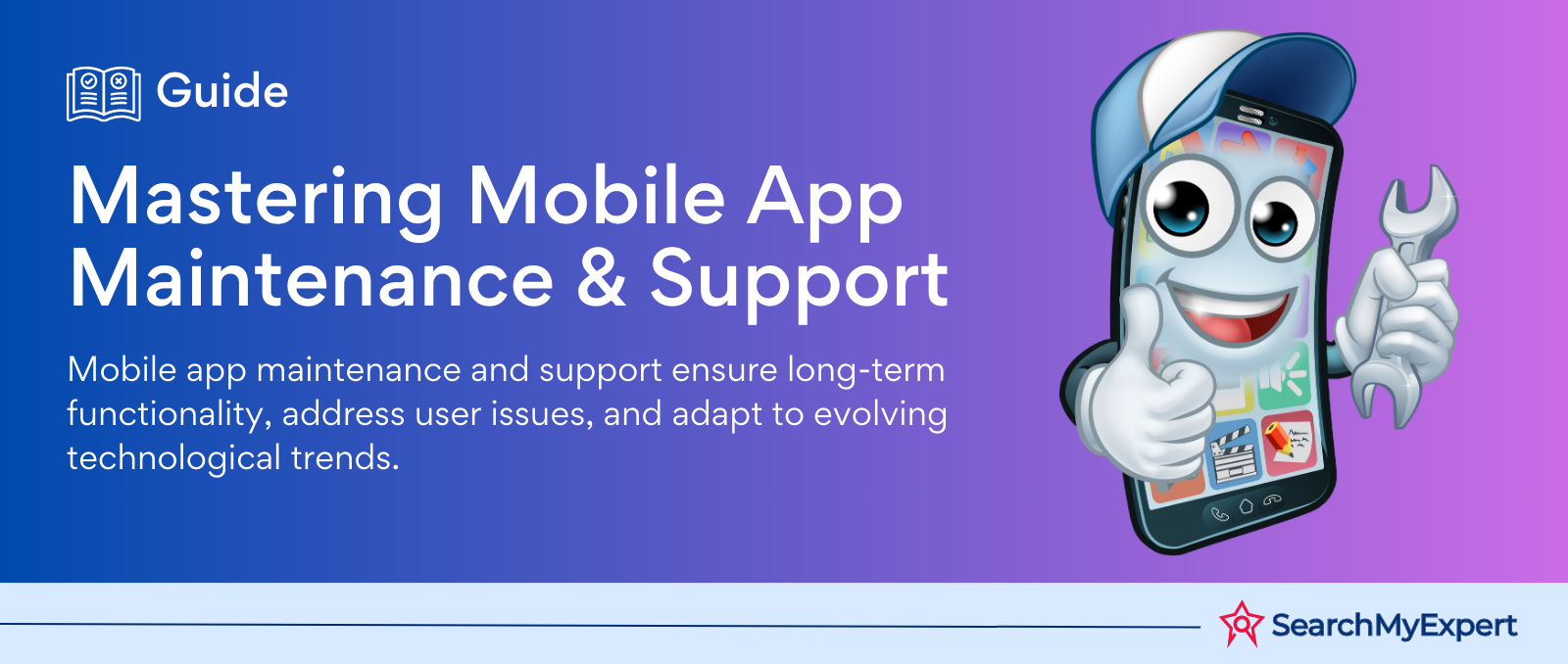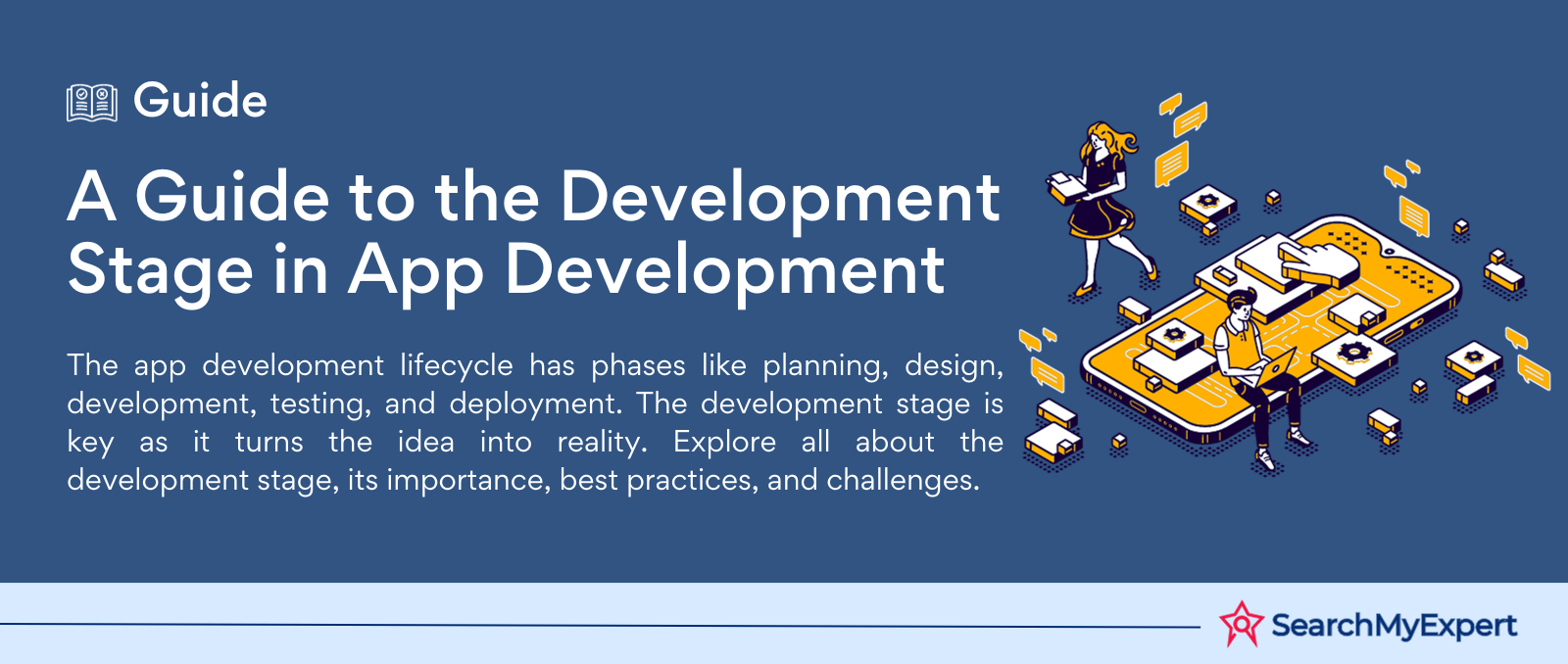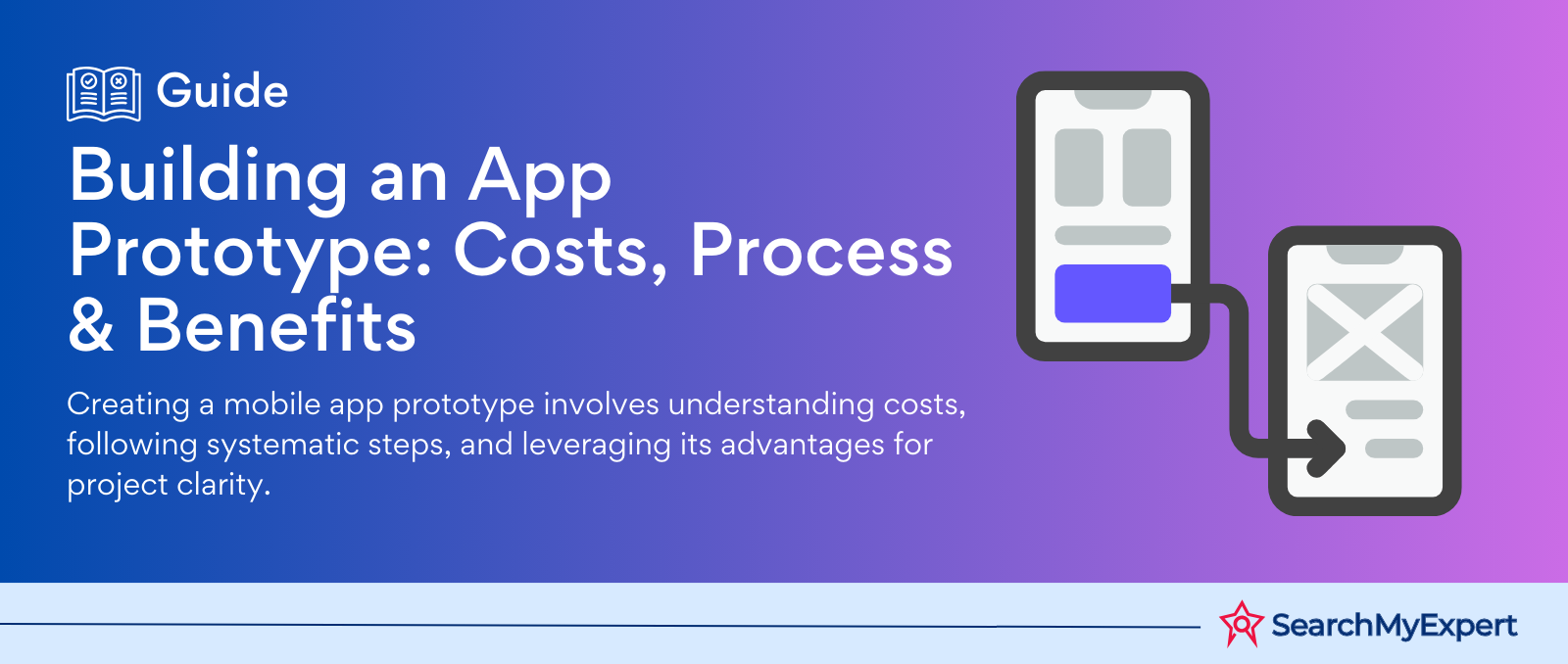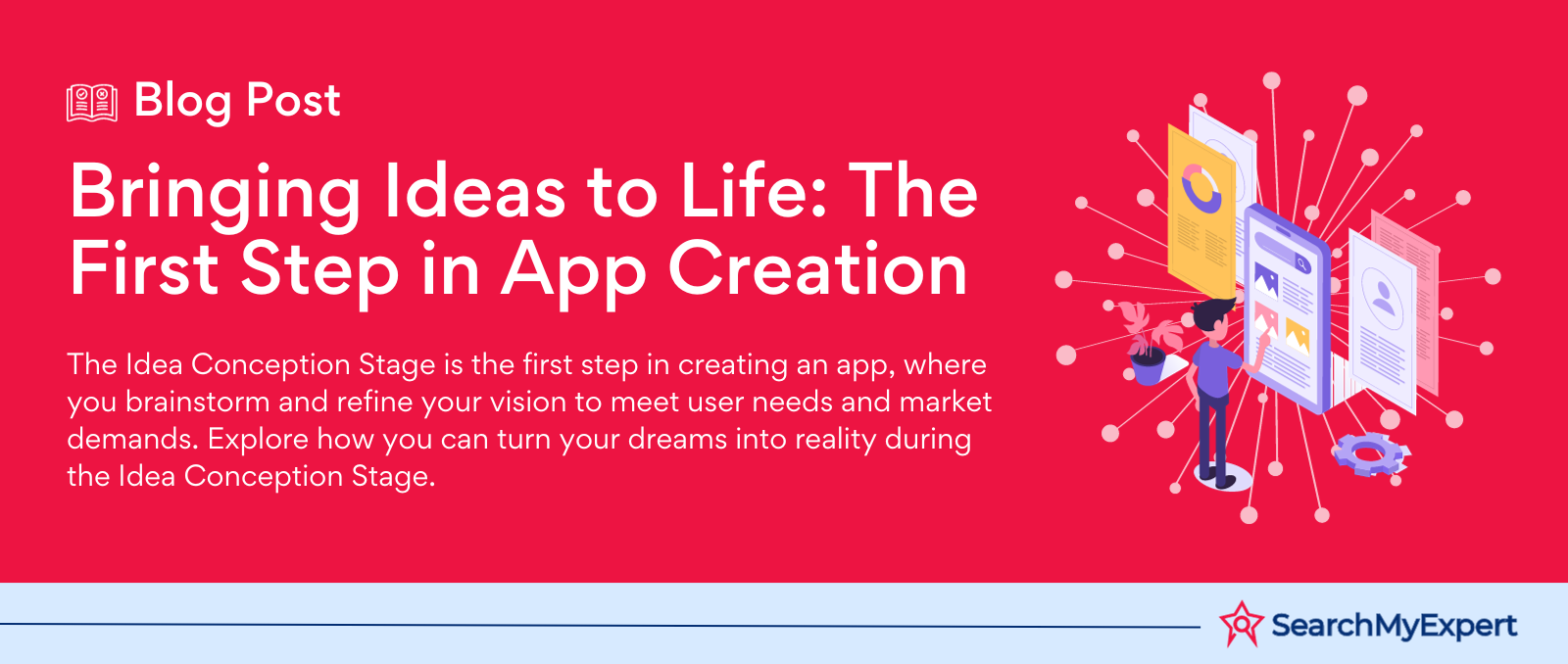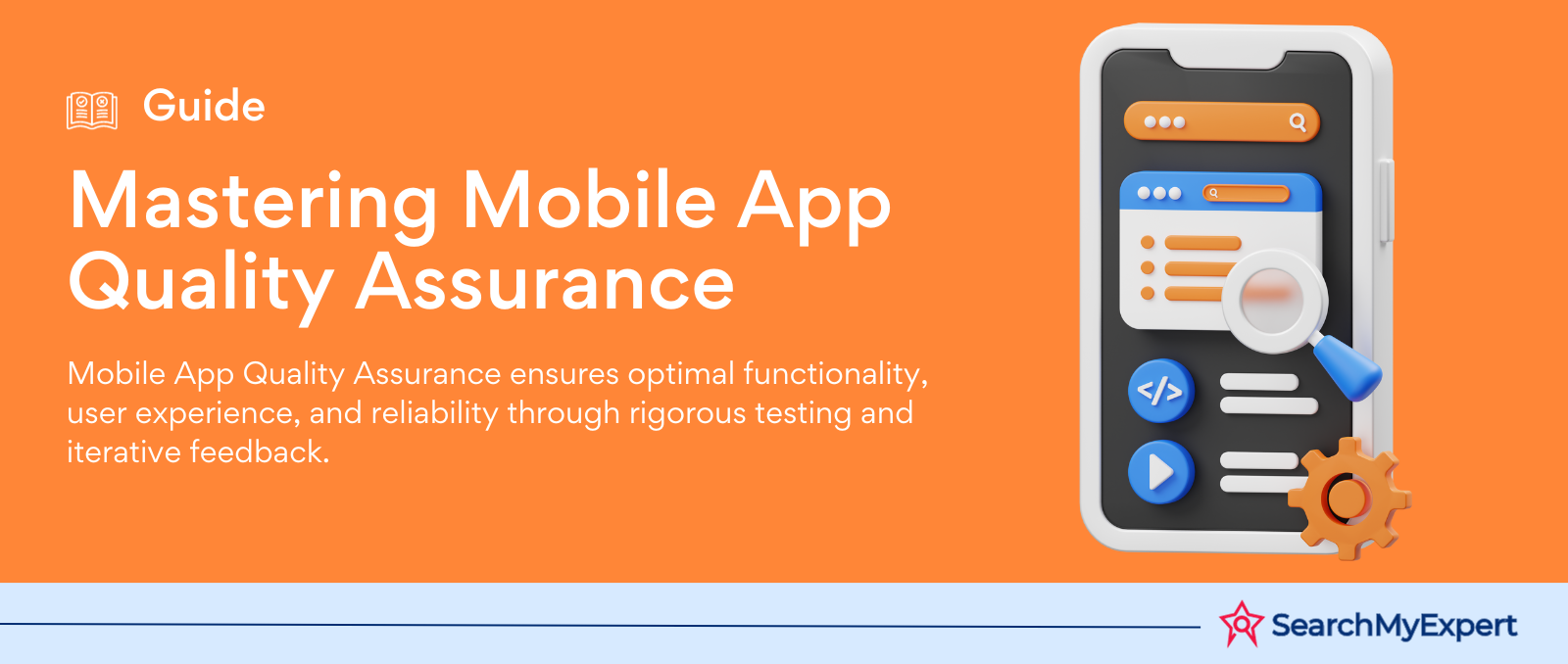Conveying App Concepts to Teams

Conveying Your Concept to an App Development Team: A Guide
Objective:
Brief overview of the importance and challenges of effectively communicating your ideas to a development team.
Key Points:
- Setting the stage: Before diving into the specifics, it's essential to understand the broader landscape of app development. Communication between a visionary and the execution team is paramount for the successful realization of any project.
- Defining the goal: Clearly identify what you aim to achieve with your app. This will serve as the guiding light throughout the development process.
- Emphasizing the benefits of clear communication: A well-understood concept can save time, money, and avoid unnecessary iterations.
Understanding Your Idea
Objective:
Guidance on clarifying and refining your app idea before presentation.
Key Points:
- Identifying core features: List the main functionalities your app must offer.
- Target audience: Understand and define who will use your app. This influences design, functionality, and marketing.
- Expected outcomes: Projected user benefits and potential revenue generation.
- Potential challenges: Anticipate technical and market-related hurdles.
Speak Their Language
Objective:
Tips for communicating in terms that are clear and understandable to technical professionals.
Key Points:
- Basics of tech jargon: Familiarize yourself with basic terms related to app development like UI/UX, API, or database management.
- Effective use of visuals: Infographics, diagrams, and sketches can bridge the gap between idea and execution.
Iterative feedback: A two-way communication channel ensures that both parties are on the same page.
Preparing Effective Documentation
Objective:
Crafting clear, concise, and comprehensive documentation to convey your idea.
Key Points:
- Writing user stories: Define from the user's perspective what the app needs to achieve.
- Creating wireframes: Sketches of app interfaces to give a visual representation of user experience.
Developing prototypes: A preliminary version of the app showcasing basic functionalities.
Presentation Techniques
Objective:
Strategies for presenting your idea effectively to ensure understanding and buy-in.
Key Points:
- Structuring your presentation: Start with the why, followed by what, and then how.
- Using visuals: Slides, animations, or videos can illustrate your point effectively.
Practicing delivery: Ensure smooth communication without any fumbles.
Feedback and Revision
Objective:
Navigating feedback sessions and revising your concept based on insights received.
Key Points:
- Active listening: Pay attention to the development team's input; they bring expertise and experience.
- Embracing constructive criticism: Feedback is a treasure, not a threat.
Refining the idea: Iterate and adapt based on insights.
Building a Collaborative Relationship
Objective:
Fostering a positive and productive relationship with the development team.
Key Points:
- Building trust: Mutual respect and understanding pave the way for a successful project.
- Open communication channels: Regular check-ins and updates avoid miscommunication.
- Ongoing collaboration: It's not a one-off event but a continuous process.
The table provides an overview of the developmental steps, objectives, and tools employed.
| Step | Objective | Tool Used |
|---|---|---|
| Idea Refining | Clear Concept | Brainstorming |
| Communication | Efficient Relay | Visual Aids |
| Documentation | Detailed Blueprint | Wireframes |
| Feedback | Iterative Refining | Prototyping |
Navigate the future of apps with these professional App Developers.
share this page if you liked it 😊
Other Related Blogs

Mastering Docker for App Development: A Comprehensive Guide to Benefits, Use-Cases, and Alternatives
STAY UP TO DATE
GET PATH'S LATEST
Receive bi-weekly updates from the SME, and get a heads up on upcoming events.
Contact Us

